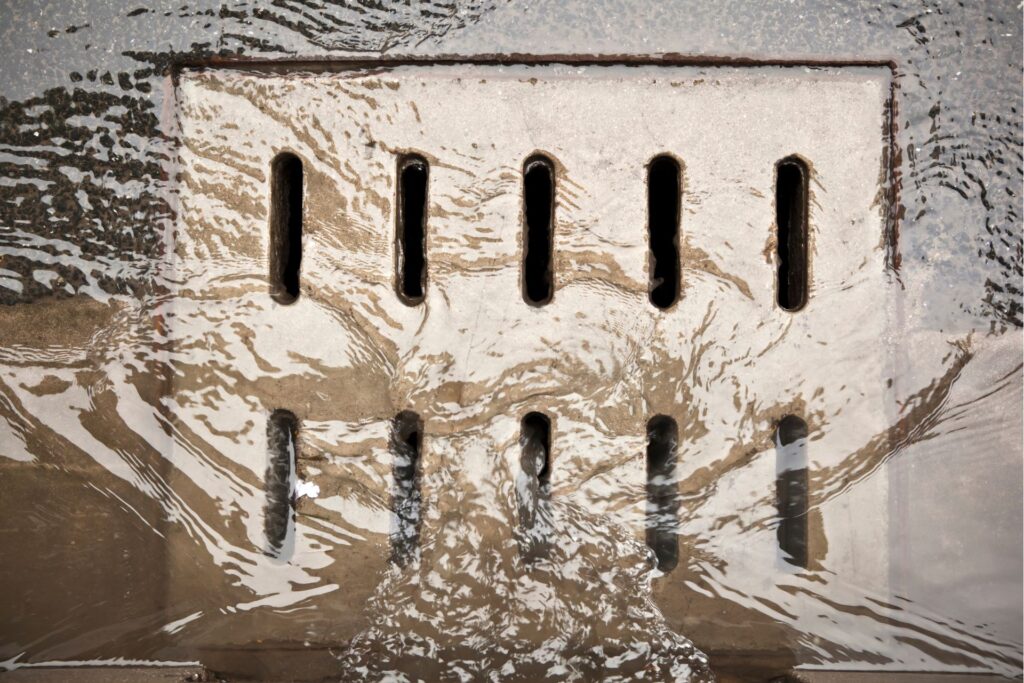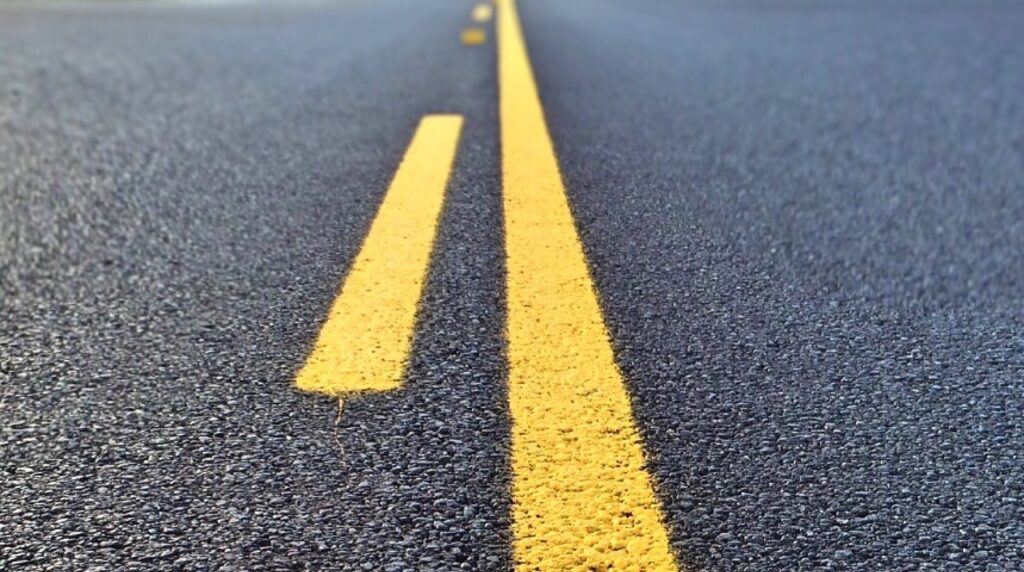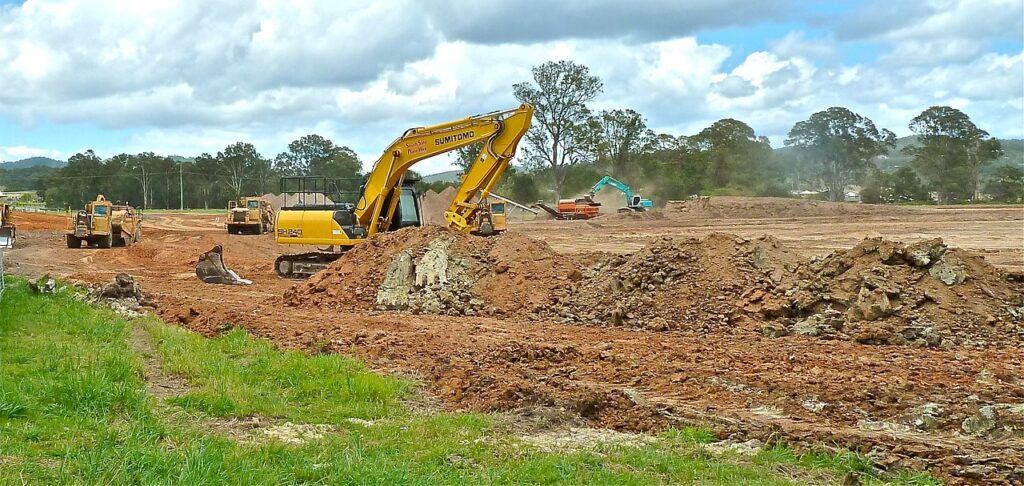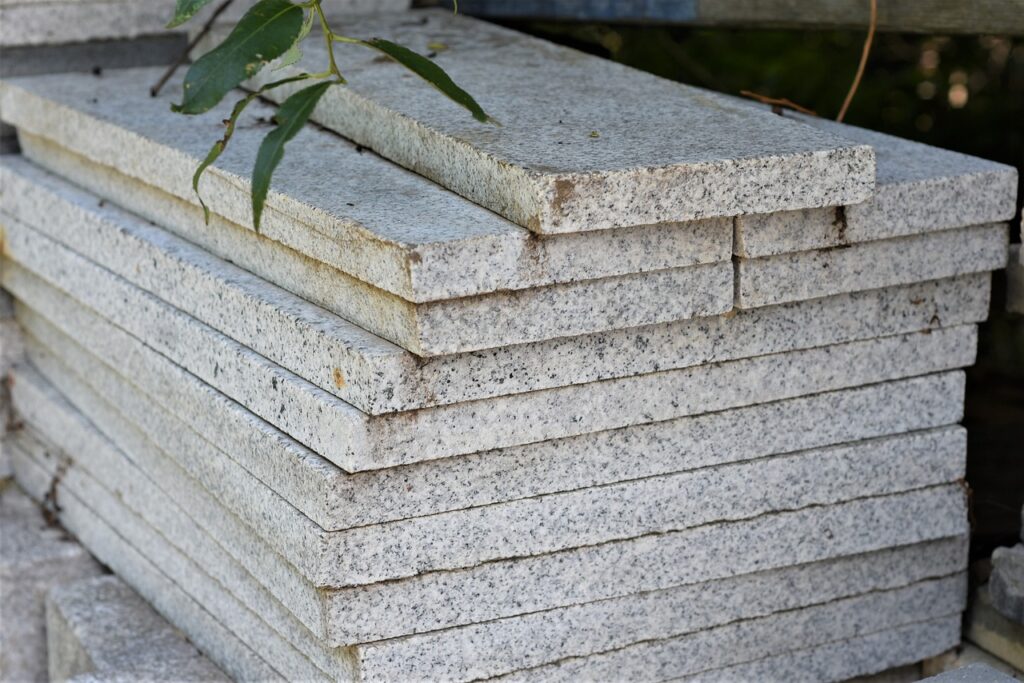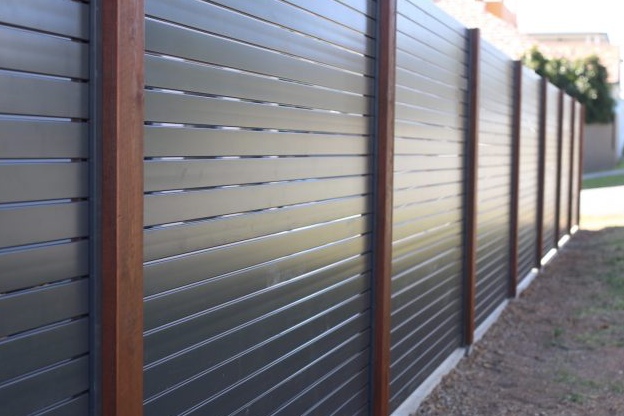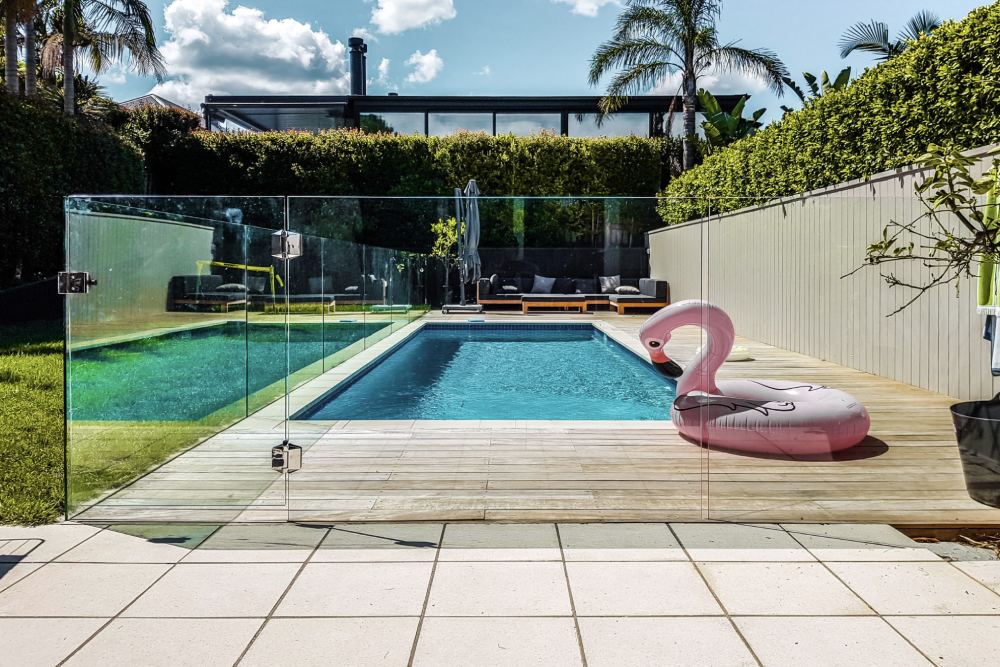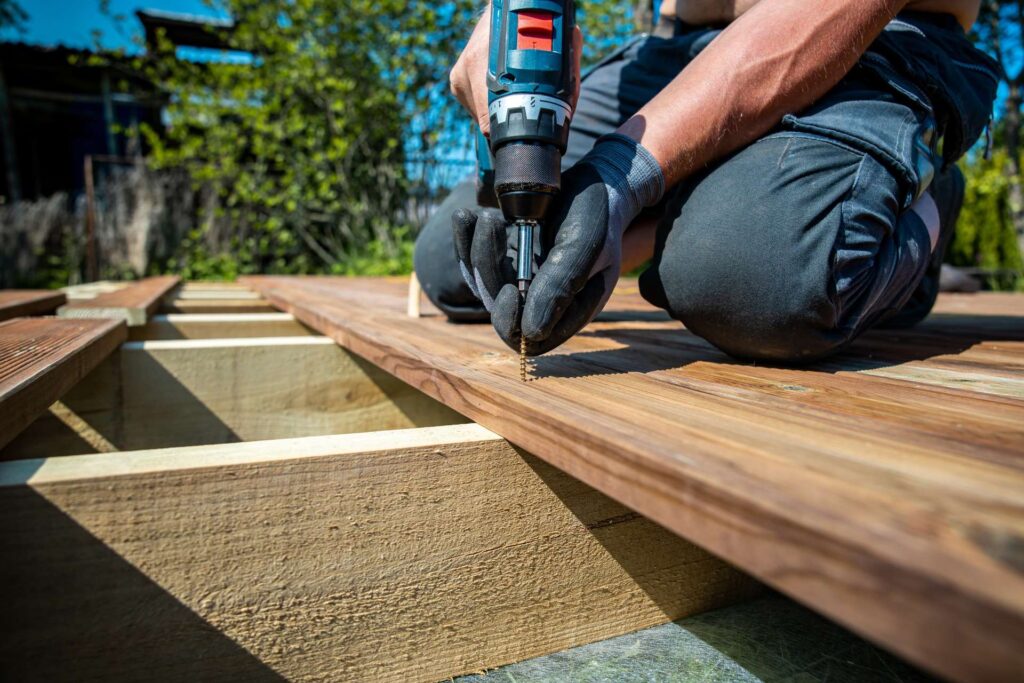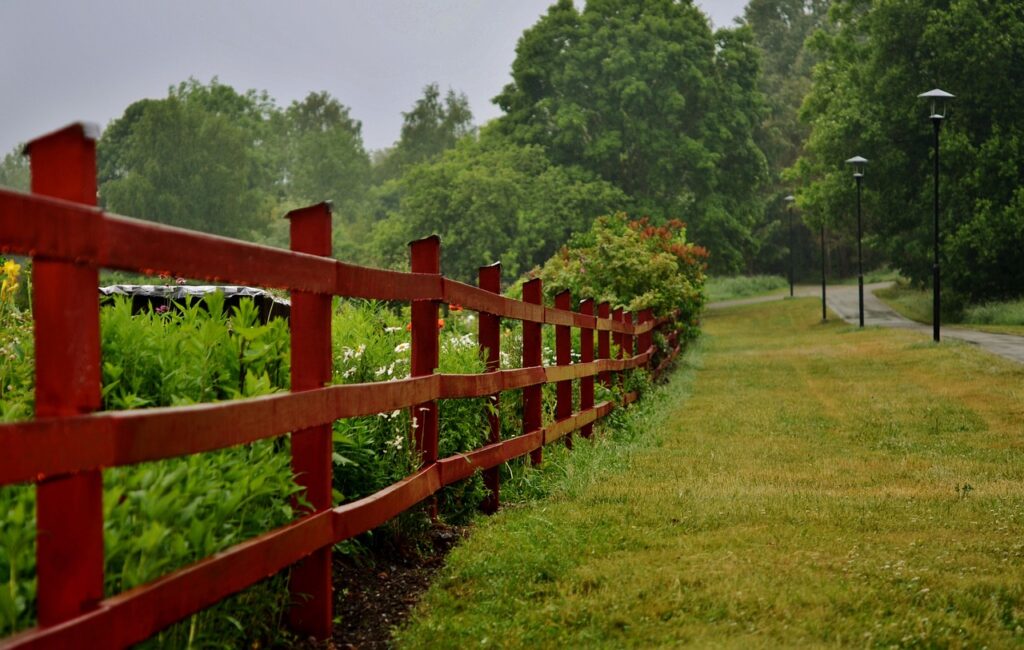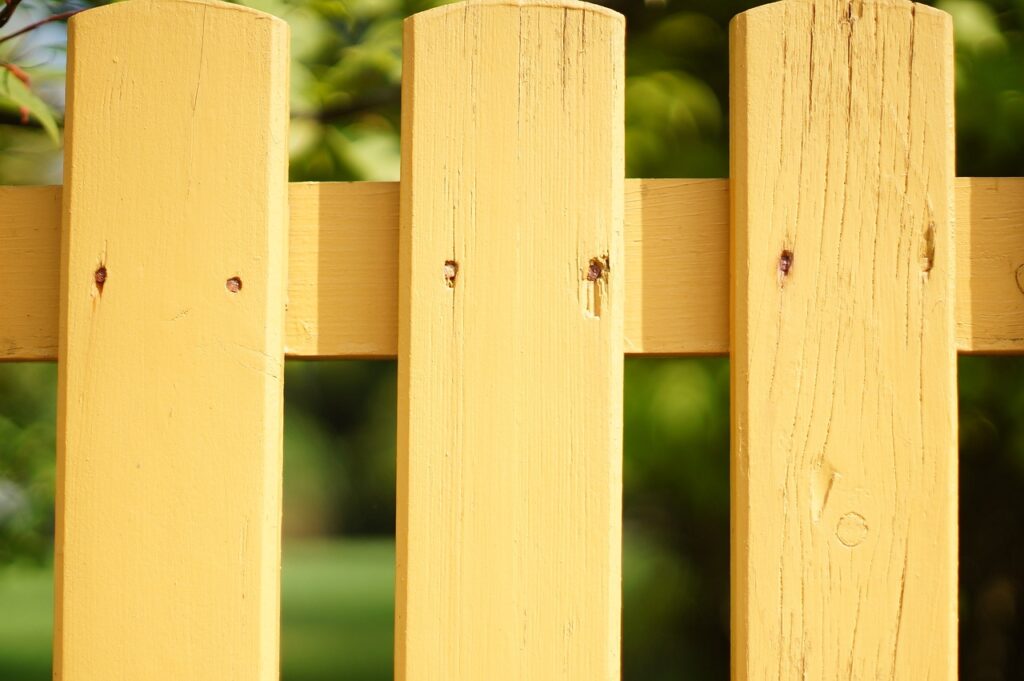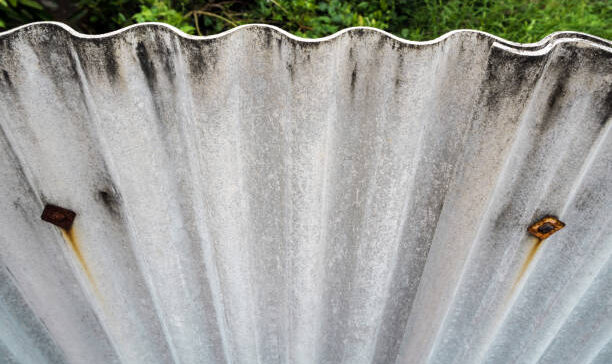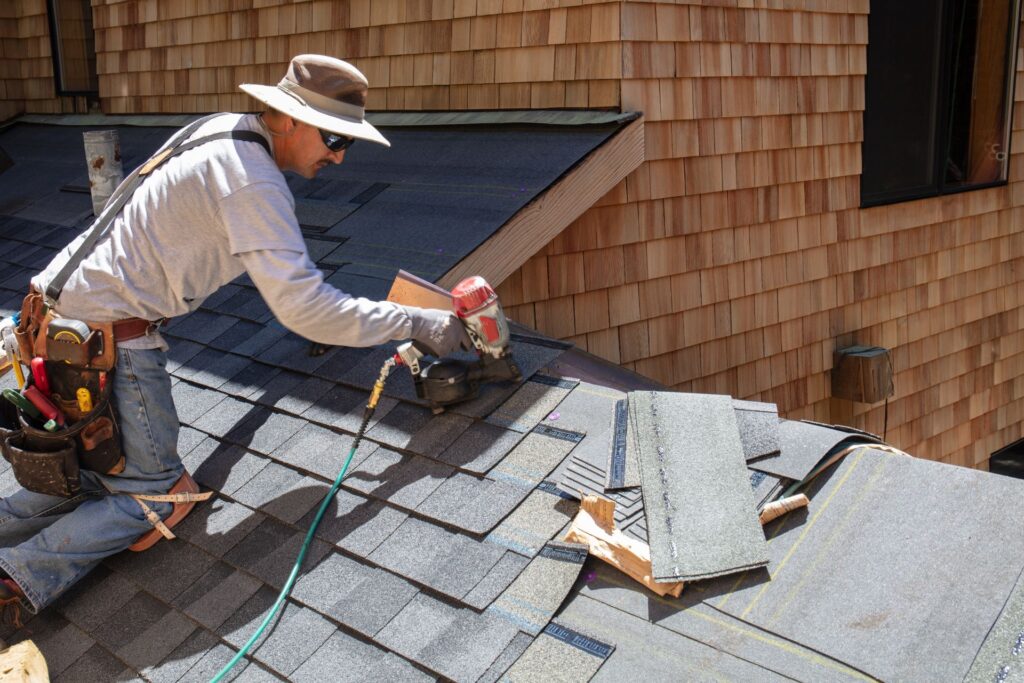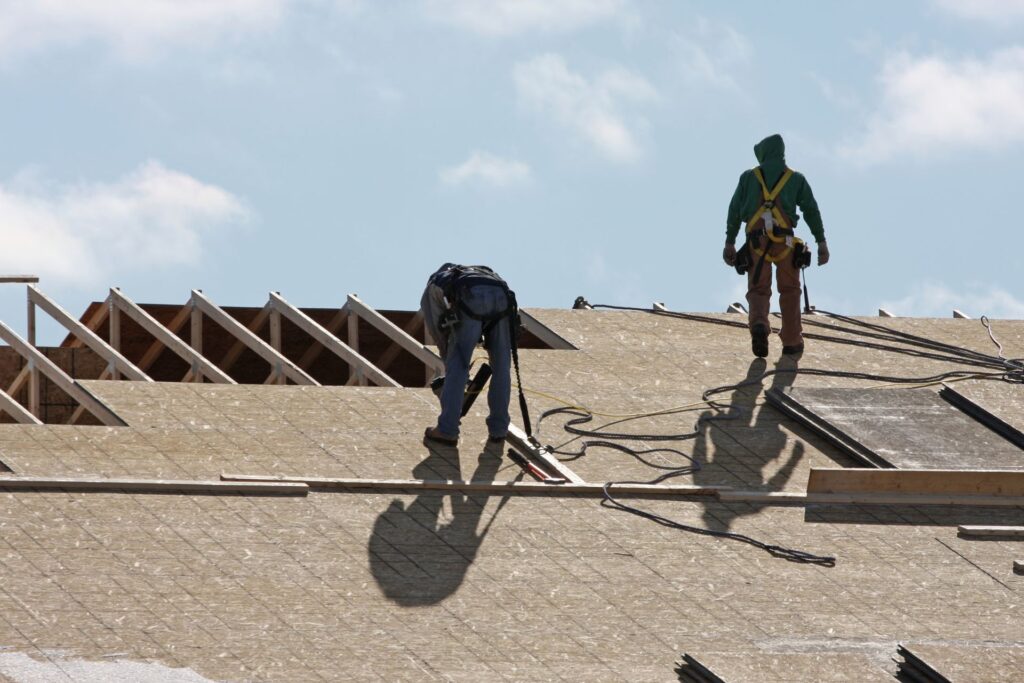Welcome to our comprehensive guide to understanding the cost of drainage in New Zealand. Proper drainage is essential for protecting your property from water damage and maintaining its value. In this post, we will explore the various factors that influence drainage costs, including the type of drainage system, materials used, and labor expenses. We will also provide average cost estimates for different types of projects, tips on obtaining accurate quotes, and cost-saving strategies. Whether you are a homeowner, builder, or property developer, this guide will equip you with the knowledge needed to make informed decisions about drainage solutions.
On average, the cost of drainage in New Zealand varies from $1,500 to $5,000 for residential projects, with commercial and industrial projects often costing significantly more. Key factors influencing the cost include the type of drainage system, materials used, labour expenses, and site conditions. To obtain accurate quotes, it’s important to consult with reputable contractors and consider potential hidden costs. Regular maintenance can also help prevent expensive repairs over time.
- Why Proper Drainage Is Crucial
- Factors Affecting Drainage Costs In New Zealand
- Average Cost Estimates For Drainage Projects In NZ
- How To Get Accurate Quotes For Drainage Work
- Cost-Saving Tips For Drainage Projects
- Real-life Examples And Testimonials
- FAQs: About Cost Of Drainage NZ
- Conclusion
- Find A Professional Drain Layer Near You!
Why Proper Drainage Is Crucial
Proper drainage is the backbone of a well-maintained property. Without it, even the most beautifully designed landscapes can suffer extensive damage. This is especially true in New Zealand, where the unique climate and diverse terrain present distinct challenges for homeowners.
The Role of Drainage Systems in Preventing Water Damage and Maintaining Property Value
Drainage systems are essential for directing water away from your home and its foundation. They prevent the accumulation of water, which can lead to a myriad of problems. When water is not properly diverted, it can seep into the foundation, causing cracks, mold growth, and even structural damage. This not only affects the integrity of your home but also significantly reduces its market value.
A well-functioning drainage system helps maintain the aesthetic appeal of your property by preventing soil erosion and waterlogging. It protects your garden, lawn, and outdoor structures, ensuring they remain in pristine condition. In essence, proper drainage safeguards your investment, providing peace of mind and long-term savings on potential repair costs.
Common Drainage Issues Faced in New Zealand Due to Its Climate and Terrain
New Zealand’s climate is characterized by high rainfall, especially in regions like the West Coast and Fiordland. This, combined with the country’s varied terrain, including mountainous areas and rolling hills, can lead to significant drainage challenges.
Common issues include:
Surface Water Accumulation: Heavy rains can cause water to pool on the surface, leading to flooding and waterlogging.
Subsurface Water: Poorly drained soils can become saturated, affecting plant roots and leading to plant diseases.
Slope Drainage: Properties on slopes can suffer from rapid runoff, which can erode soil and damage landscaping.
Blocked Drains: Leaves, debris, and sediment can clog drainage systems, preventing proper water flow.
Addressing these issues requires a combination of well-designed drainage systems and regular maintenance to ensure they function effectively.
Real-Life Anecdote: The Importance of Good Drainage
Consider the case of a homeowner in Auckland who neglected their drainage system. Over time, they noticed damp patches on their walls and a musty smell in their basement. Initially, they dismissed these signs, attributing them to the region’s high humidity. However, after a particularly heavy rainstorm, they discovered extensive water damage to their foundation.
The repair costs were substantial, involving not only fixing the foundation but also dealing with mold remediation and replacing damaged landscaping. Had they invested in proper drainage solutions earlier, such as French drains or a sump pump, they could have avoided these expenses and the associated stress.
This anecdote underscores the critical importance of proper drainage. It’s not just about preventing inconvenience; it’s about protecting your home and maintaining its value.
In conclusion, effective drainage is crucial for preventing water damage, preserving property value, and ensuring the longevity of your home’s structure and landscape. By understanding the unique challenges posed by New Zealand’s climate and terrain, and investing in appropriate drainage solutions, homeowners can avoid costly repairs and enjoy a healthy, beautiful property.

Factors Affecting Drainage Costs In New Zealand
When considering drainage solutions in New Zealand, several key factors can influence the overall cost. Understanding these factors can help homeowners and businesses make informed decisions and budget appropriately for their drainage projects. Below, we explore the primary elements that affect drainage costs in New Zealand.
Type of Drainage System
The type of drainage system you choose is a significant determinant of the overall cost. There are several types of drainage systems commonly used:
1. Surface Drainage
Surface drainage systems are designed to remove excess water from the surface of the land. This can include systems like swales, open ditches, and shallow pipes.
Cost Impact: These systems are generally less expensive due to simpler installation processes and materials. However, they may require more frequent maintenance to prevent blockages and ensure efficiency.
2. Subsurface Drainage
Subsurface drainage involves installing pipes or drains below the surface to remove water from the root zone of the soil. This type is often used in agricultural settings and residential properties prone to waterlogging.
Cost Impact: Subsurface drainage systems tend to be more costly due to the need for excavation and the complexity of installation. They also require more durable materials to withstand underground conditions.
3. Stormwater Drainage
Stormwater drainage systems are crucial in urban areas to manage rainwater and prevent flooding. These systems include gutters, downpipes, and stormwater pits.
Cost Impact: The cost can vary significantly based on the size and complexity of the system needed to manage the volume of stormwater. Larger systems with extensive piping networks will naturally be more expensive.
Materials Used
The materials selected for your drainage system play a crucial role in the overall cost and performance. Common materials include:
1. PVC (Polyvinyl Chloride)
Pros: Lightweight, easy to install, resistant to corrosion, and relatively inexpensive.
Cons: Less durable than some alternatives, can become brittle over time.
Cost Implications: PVC is a cost-effective option for many drainage projects, especially where the durability requirements are moderate.
2. Concrete
Pros: Extremely durable, strong, and suitable for heavy-duty applications.
Cons: Heavy, requires specialized installation techniques, and can be more expensive.
Cost Implications: Higher initial costs but lower long-term maintenance costs due to its durability.
3. Clay
Pros: Eco-friendly, good longevity, and strong.
Cons: Heavy, can be more difficult to install, and prone to cracking under extreme conditions.
Cost Implications: Generally more expensive due to higher material and installation costs.
Labor Costs
Labor costs are another significant factor in the overall cost of drainage systems. These costs can vary based on several factors:
1. Average Labour Costs
- In New Zealand, the average labor cost for drainage installation ranges from $50 to $100 per hour. This can vary based on the complexity of the project and the expertise required.
2. Regional Variations
Labor costs can differ across regions. Urban areas tend to have higher labor costs due to higher living expenses and demand for skilled workers.
Complexity of the Project: Projects that require specialized skills, such as those involving deep excavations or complex system designs, will incur higher labor costs.
Site Conditions
The conditions of the site where the drainage system will be installed significantly impact the overall cost. Key site conditions include:
1. Soil Type
- The type of soil can affect the ease of excavation and the type of drainage system that is suitable. For instance, sandy soils are easier to work with compared to clay soils, which can be more challenging and costly to excavate.
2. Slope
- The slope of the land can influence the design and complexity of the drainage system. Steeper slopes may require more elaborate systems to manage water flow effectively.
3. Existing Infrastructure
- The presence of existing infrastructure such as buildings, roads, or underground utilities can complicate installation, leading to increased costs. Careful planning and potentially more sophisticated equipment are needed to navigate these obstacles.
4. Examples of Challenging Conditions
Rocky Terrain: Excavation in rocky areas requires specialized equipment and techniques, increasing costs.
High Water Table: Areas with a high water table may require additional measures to ensure effective drainage, such as deeper trenches or more robust materials.
Understanding these factors can help you plan and budget more effectively for your drainage project. By considering the type of system, materials used, labor costs, and site conditions, you can ensure a more accurate estimation of the total cost and avoid unexpected expenses.

Average Cost Estimates For Drainage Projects In NZ
When planning any drainage project, whether it’s for your home or a commercial property, understanding the average costs involved can help you budget more effectively. Here’s a detailed breakdown of typical costs for various drainage projects in New Zealand, from residential solutions to commercial installations and maintenance expenses.
Residential Drainage
For homeowners, addressing drainage issues is crucial to maintaining the integrity of their property. Common residential drainage projects include the installation of French drains, sump pumps, and gutter systems. Here’s what you can expect to pay:
French Drains: These are a popular solution for properties with persistent water accumulation. The cost of installing a French drain typically ranges from NZD 1,000 to NZD 5,000, depending on the length and depth required. This cost includes materials, excavation, and labor.
Sump Pumps: Installing a sump pump is essential for properties prone to flooding or with basements that collect water. The average cost of a sump pump installation can vary from NZD 1,500 to NZD 3,000, including the pump itself and labor charges.
Gutter Systems: Properly installed gutters are vital for directing rainwater away from your home’s foundation. The cost for a new gutter system installation generally falls between NZD 1,200 and NZD 2,500, depending on the size of your home and the type of gutter material used.
Commercial and Industrial Drainage
Larger-scale drainage projects for commercial and industrial properties come with their own set of challenges and higher costs. These projects often require more extensive planning and robust materials to handle the increased water volume and ensure long-term durability.
Commercial French Drains: Similar to residential installations but on a larger scale, the cost for commercial French drains can range from NZD 5,000 to NZD 20,000. This variation depends on the project’s complexity, the area covered, and additional infrastructure needs.
Industrial Sump Pumps: For industrial properties, sump pump installations can be significantly more expensive due to the larger capacity and more powerful pumps required. Costs can range from NZD 5,000 to NZD 15,000 or more, depending on the specific requirements of the site.
Stormwater Management Systems: These systems are crucial for commercial properties to prevent flooding and manage runoff effectively. The cost of installing comprehensive stormwater management systems can range from NZD 10,000 to NZD 50,000 or higher, factoring in the size of the property and the complexity of the system.
Drainage Maintenance Costs
Regular maintenance is essential to ensure that your drainage systems function correctly and to prevent costly repairs down the line. Here’s what you need to know about maintenance costs:
Periodic Inspections: Regular inspections can help identify potential issues before they become major problems. The cost of a professional inspection typically ranges from NZD 200 to NZD 500, depending on the size of the property and the complexity of the drainage system.
Cleaning and Repairs: Routine cleaning of gutters, sump pumps, and French drains is crucial. Expect to pay between NZD 150 and NZD 400 for gutter cleaning, while sump pump maintenance can range from NZD 100 to NZD 300. Any necessary repairs to these systems will add to these costs.
Preventative Maintenance: Investing in preventative maintenance can save you money in the long run. For example, regularly maintaining a sump pump can extend its life and prevent expensive water damage repairs, potentially saving thousands of dollars over time.
In conclusion, understanding the average cost estimates for drainage projects in New Zealand helps homeowners and business owners plan effectively. From installing French drains to maintaining gutter systems, knowing these costs ensures that your property remains protected from water damage. Regular maintenance not only keeps these systems running smoothly but also provides significant cost savings by preventing larger issues from arising.
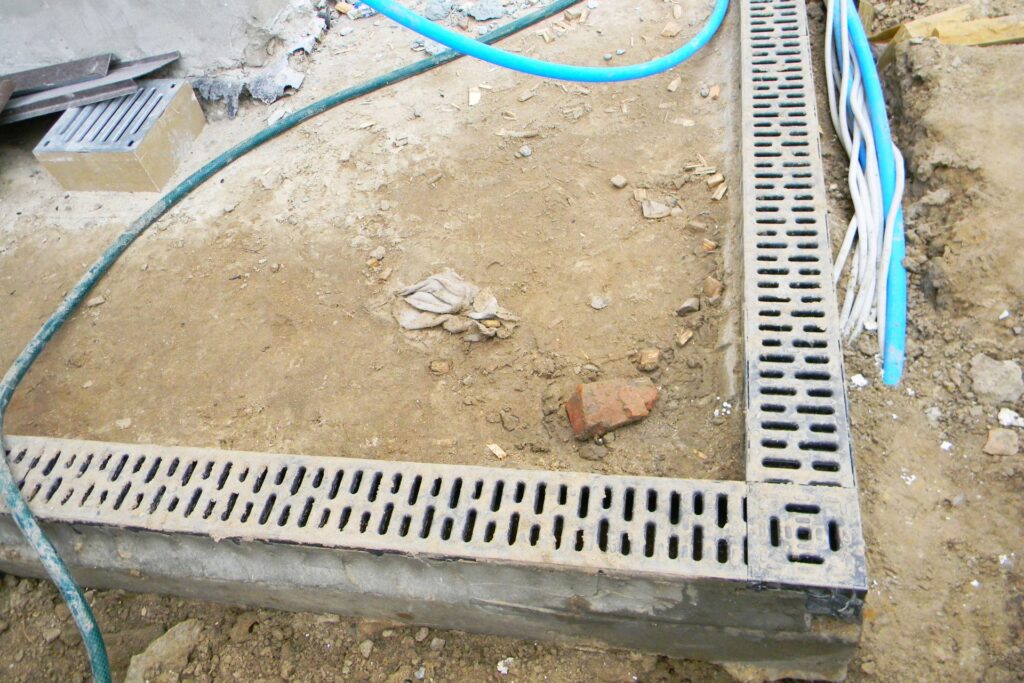
How To Get Accurate Quotes For Drainage Work
When it comes to drainage work, getting accurate quotes is crucial for ensuring your project stays within budget and meets your expectations. Here’s a detailed guide on how to navigate this process effectively:
Choosing the Right Contractor
Tips for Selecting a Reputable Drainage Contractor
Selecting the right contractor is the foundation of a successful drainage project. Here are some tips to help you find a reliable professional:
1. Check Credentials and Experience: Ensure the contractor is licensed, insured, and has extensive experience in drainage work. Look for reviews and testimonials from previous clients to gauge their reputation.
2. Ask for References: A reputable contractor should provide references from past projects. Contact these references to ask about their experiences, including the quality of work, adherence to timelines, and how any issues were handled.
3. Verify Professional Affiliations: Membership in professional organizations like the New Zealand Master Builders Association or similar groups can indicate a commitment to industry standards and continuous improvement.
4. Evaluate Communication Skills: Effective communication is key. Choose a contractor who listens to your needs, answers your questions clearly, and provides detailed explanations.
Questions to Ask Potential Contractors
Before making a decision, ask potential contractors these essential questions:
- What is your experience with similar projects? Understanding their past work helps ensure they have the necessary skills for your specific needs.
- Can you provide a detailed quote? This helps avoid misunderstandings later on.
- What is your estimated timeline for the project? Knowing the timeframe helps in planning and avoiding disruptions.
- Do you offer any guarantees or warranties on your work? This provides peace of mind and protection against potential issues.
Requesting Detailed Quotes
What a Detailed Quote Should Include
A detailed quote is more than just a price estimate. It should provide a comprehensive breakdown of all costs and project details, including:
1. Itemized Costs: A clear list of all expenses, such as labor, materials, equipment, and any additional services.
2. Timelines: Estimated start and completion dates, as well as milestones for different stages of the project.
3. Materials and Specifications: Detailed information about the materials to be used, including brands and quality standards.
4. Payment Terms: A clear outline of payment schedules, including any upfront deposits and payment stages.
Importance of Getting Multiple Quotes
Don’t settle for the first quote you receive. Request quotes from at least three different contractors to compare prices, services, and project scopes. This not only helps you find the best value but also provides insights into the going rate for similar projects in your area.
Hidden Costs to Watch Out For
Identifying Potential Hidden Costs
Hidden costs can turn a seemingly affordable project into an expensive ordeal. Be aware of these common hidden expenses in drainage projects:
1. Unexpected Site Conditions: Issues like poor soil quality, underground utilities, or unanticipated obstacles can increase costs.
2. Permits and Fees: Ensure that the quote includes any necessary permits and local government fees.
3. Additional Labor: Sometimes, extra labor may be needed for unforeseen challenges, which can add to the overall cost.
Advice on Avoiding Unexpected Expenses
To avoid surprises, take these steps:
1. Detailed Site Inspection: Ensure a thorough site inspection before the quote is provided to identify any potential issues upfront.
2. Ask for Clarifications: Don’t hesitate to ask the contractor to clarify any vague terms or conditions in the quote.
3. Written Agreement: Get everything in writing, including any potential additional costs and how they will be handled.
By following these guidelines, you can secure accurate quotes for your drainage project, helping you stay on budget and achieve successful results.

Cost-Saving Tips For Drainage Projects
When planning a drainage project, keeping costs in check is often a top priority. Here are some practical tips to help you save money without compromising the effectiveness of your drainage system.
DIY vs. Professional Installation
One of the most significant decisions you’ll face is whether to tackle the project yourself or hire a professional. Here’s a breakdown to help you decide:
When DIY is Feasible:
Simple Projects: If your project is straightforward, such as installing a small French drain or gutter extensions, it might be feasible to handle it yourself. These tasks generally require basic tools and can be managed with some research and manual labor.
Budget Constraints: DIY can be a good option if you’re on a tight budget and have some handyman skills. Just ensure you thoroughly understand the process before starting to avoid costly mistakes.
Availability of Time: If you have ample time to dedicate to the project, DIY might be a viable option. Remember, rushing can lead to errors and additional expenses.
Tasks for Professionals:
Complex Systems: For more complex systems like sump pumps, large-scale drainage systems, or anything involving significant excavation, it’s best to hire a professional. These projects often require specialized knowledge and equipment.
Permits and Regulations: Professionals are well-versed in local codes and regulations, ensuring your project complies with legal requirements. DIY projects might inadvertently violate these codes, leading to fines or having to redo the work.
Ensuring Longevity: Professional installation often comes with warranties and the assurance that the job is done right the first time, which can save you money in the long run by preventing future issues.
Using Affordable Materials
Another way to cut costs is by choosing affordable yet durable materials. Here are some tips:
Cost-Effective Alternatives:
PVC Piping: Opt for PVC piping instead of more expensive metal pipes. PVC is durable, easy to work with, and significantly cheaper.
Gravel Options: Use locally sourced gravel for French drains instead of more expensive decorative stone. It’s just as effective for drainage and more budget-friendly.
Perforated Drainage Pipes: These pipes are cost-effective and excellent for directing water away from your property. They’re widely available and easy to install.
Balancing Cost and Durability:
Quality Matters: While it’s essential to save money, don’t compromise on quality. Using inferior materials might save you money upfront but can lead to costly repairs down the line.
Seek Recommendations: Consult with professionals or do thorough research to find materials that offer the best balance between cost and durability. Customer reviews and expert opinions can be invaluable here.
Regular Maintenance to Prevent Costly Repairs
Preventive maintenance is crucial to avoid hefty repair bills in the future. Here’s why regular upkeep is essential and how you can stay on top of it:
Long-Term Savings:
Prevent Blockages: Regularly cleaning your drainage system prevents blockages that can cause water damage to your property. It’s much cheaper to maintain a system than to repair one that’s failed.
Extend System Lifespan: Consistent maintenance can extend the lifespan of your drainage system, ensuring you get the most out of your investment.
Early Problem Detection: Regular inspections can catch small issues before they become major problems, saving you significant amounts of money in potential repairs.
Simple Maintenance Checklist for Homeowners:
Inspect Gutters and Downspouts: Check for and clear any debris that might cause blockages.
Clean French Drains: Remove any accumulated silt or leaves from French drains.
Check for Erosion: Look for signs of erosion around your drainage system and address them promptly.
Monitor Sump Pumps: Test sump pumps regularly to ensure they are functioning correctly.
Seasonal Checks: Conduct thorough checks at the change of each season, particularly before heavy rain periods.
By considering these cost-saving tips, you can manage your drainage project effectively, ensuring it remains within budget while maintaining high standards of quality and performance. Regular maintenance, smart material choices, and knowing when to call in the professionals will all contribute to a successful and cost-effective drainage solution for your home.
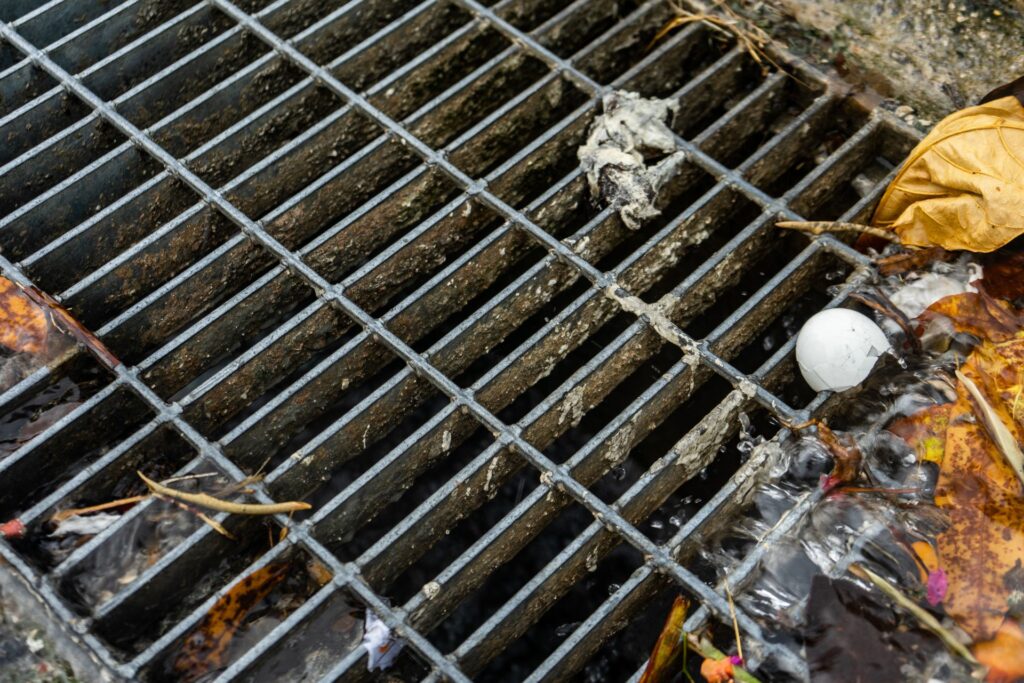
Real-life Examples And Testimonials
When considering drainage solutions, real-life examples and testimonials can provide invaluable insights. These stories from actual projects and satisfied customers illustrate the practical benefits of investing in effective drainage systems.
Case Studies
Residential Property in Auckland
Before: A family in Auckland faced recurring issues with water pooling in their backyard during heavy rains. The excess water caused damage to their garden and threatened the foundation of their home.
Solution: A comprehensive drainage system was installed, including French drains and a sump pump. The project cost $5,000 and took one week to complete.
After: The backyard remained dry even during the heaviest rains, protecting the garden and home foundation. The family reported a significant improvement in their property’s overall condition and no further water-related issues.
Cost Breakdown:
- French Drains: $2,500
- Sump Pump: $1,000
- Installation Labor: $1,500
Commercial Property in Wellington
Before: A commercial building in Wellington had issues with water seeping into the basement, causing mold growth and damaging stored items. The business faced potential health risks and operational disruptions.
Solution: A combination of exterior waterproofing and an interior drainage system was implemented. The project cost $10,000 and was completed in two weeks.
After: The basement stayed dry, eliminating mold growth and protecting stored items. The business continued operations without further interruptions, ensuring a safe environment for employees.
Cost Breakdown:
- Exterior Waterproofing: $4,000
- Interior Drainage System: $3,000
- Mold Remediation: $2,000
- Installation Labor: $1,000
Customer Testimonials
Emma, Homeowner in Christchurch
“We were at our wits’ end with the constant flooding in our backyard. After investing in a new drainage system, we saw immediate results. The project was affordable, and the peace of mind it brought was priceless. Our garden is thriving, and we no longer worry about water damage.”
David, Business Owner in Wellington
“Water in our basement was a recurring nightmare, impacting our business operations. The drainage solution not only resolved the issue but also improved the overall environment in our building. The cost was reasonable, and the benefits far outweighed the expense. We highly recommend investing in proper drainage.”
Sophia, Property Manager in Hamilton
“As a property manager, ensuring the buildings I oversee are in top condition is crucial. When we encountered drainage issues in one of our properties, we turned to a professional service. The project was efficient and cost-effective, and the tenants are now much happier with their living conditions. Effective drainage is definitely worth the investment.”
Real-life examples and testimonials demonstrate the transformative impact of proper drainage solutions. These stories highlight the practical benefits, from preventing damage and ensuring safety to enhancing property value and satisfaction. When considering drainage projects, learning from others’ experiences can guide you toward making informed and confident decisions.
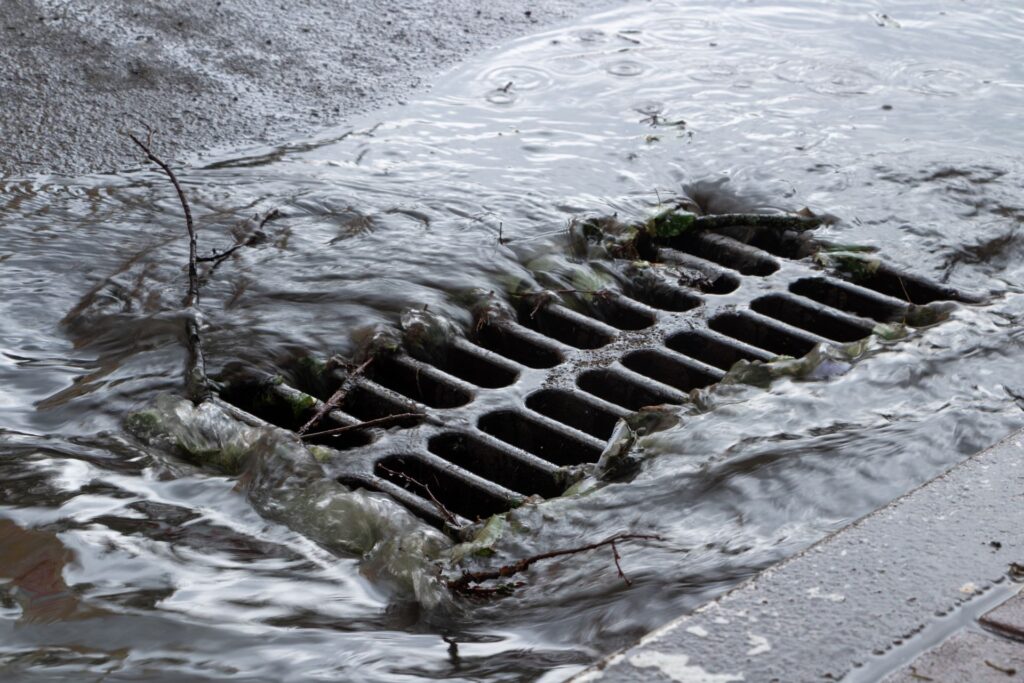
FAQs: About Cost Of Drainage NZ
Conclusion
In conclusion, it’s essential to recap the key points we’ve discussed about drainage systems. Quality drainage is crucial in preventing water damage, ensuring the longevity of your property, and maintaining a healthy environment. Investing in a robust drainage system can save you from costly repairs and potential health hazards in the long run. It’s not just about the immediate benefits; a well-planned drainage solution can significantly enhance the overall value and safety of your home or business. Therefore, it’s highly recommended to seek professional advice to tailor a drainage system that fits your specific needs and to get accurate quotes from reputable providers. Prioritizing quality and expertise in your drainage solutions will ensure peace of mind and long-term satisfaction.
Find A Professional Drain Layer Near You!
- Drain Layers Auckland
- Drain Layers Hastings
- Drain Layers Hawkes Bay
- Drain Layers Kapiti Coast
- Drain Layers Lower Hutt
- Drain Layers Napier
- Drain Layers Porirua
- Drain Layers Rotorua
- Drain Layers Tauranga
- Drain Layers Upper Hutt
- Drain Layers Wellington
- Drain Repairs Auckland
- Drain Repairs Wellington
- Drain Unblockers Auckland
- Drain Unblockers East Auckland
- Drain Unblockers North Shore
- Drain Unblockers South Auckland
- Drain Unblockers West Auckland
- Water Leak Detection Auckland
About the Author:
Mike Veail is a recognized digital marketing expert with over 6 years of experience in helping tradespeople and small businesses thrive online. A former quantity surveyor, Mike combines deep industry knowledge with hands-on expertise in SEO and Google Ads. His marketing strategies are tailored to the specific needs of the trades sector, helping businesses increase visibility and generate more leads through proven, ethical methods.
Mike has successfully partnered with numerous companies, establishing a track record of delivering measurable results. His work has been featured across various platforms that showcase his expertise in lead generation and online marketing for the trades sector.
Learn more about Mike's experience and services at https://theleadguy.online or follow him on social media:

